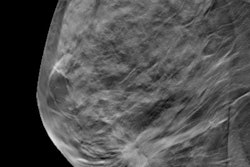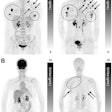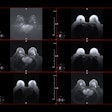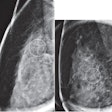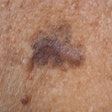Computer-aided detection (CAD) developer iCAD is touting the results of a new study using its digital breast tomosynthesis (DBT) cancer detection software. The study demonstrated significant positive results for clinical performance and workflow efficiency.
The software increased improvements in both reader sensitivity (8.0% on average) and specificity (6.9% on average). In addition, when reading tomosynthesis cases with the software, radiologists' reading times were reduced by more than 52.7%.
The software is trained to detect malignancies and determine the probability of malignant findings, providing radiologists with a "certainty of finding" score for each case and each detected lesion. These scores represent the algorithm's confidence that the detected soft-tissue densities and calcifications are malignant.
The software is available for use in Europe and is pending clearance by the U.S. Food and Drug Administration (FDA).






